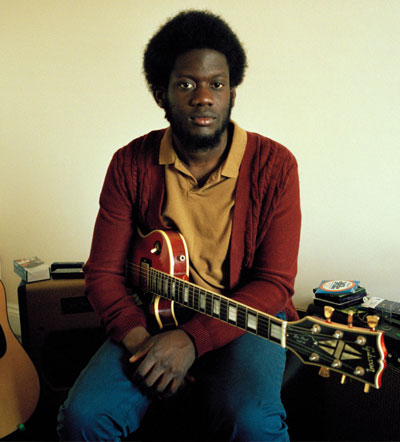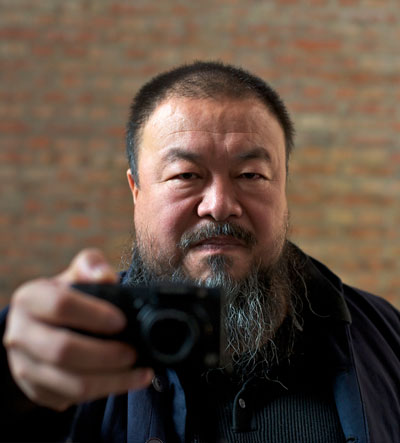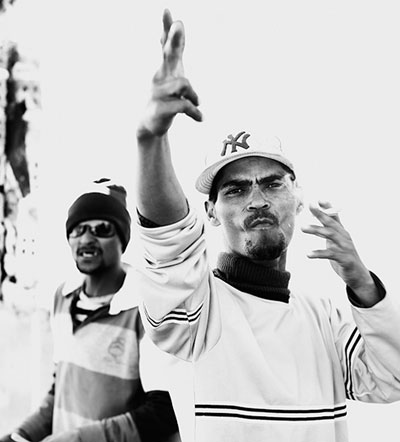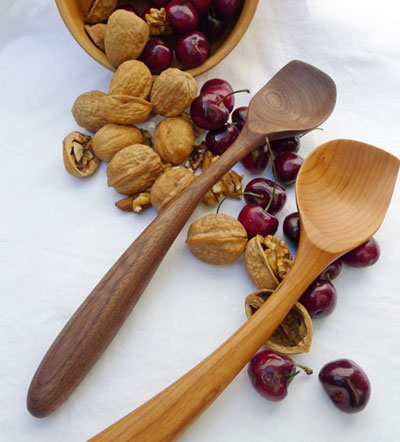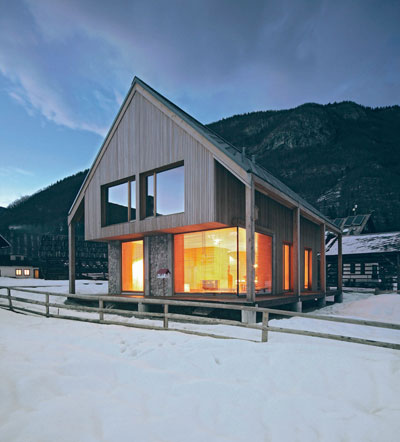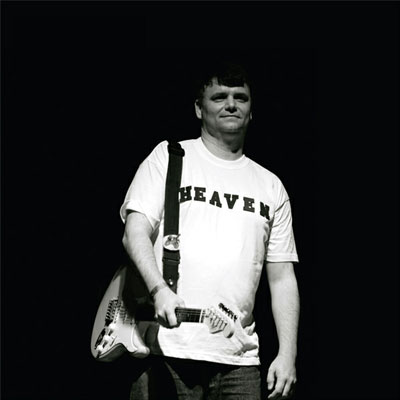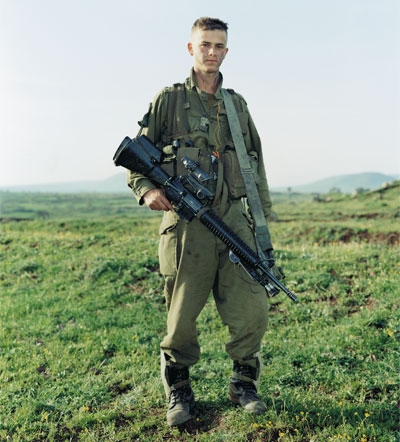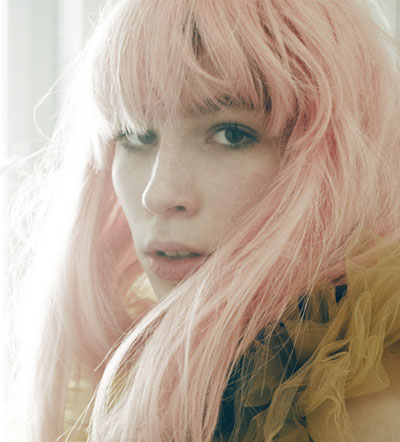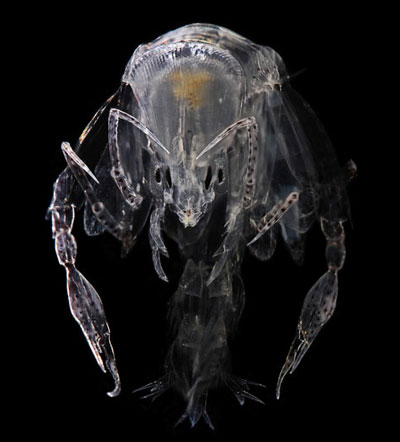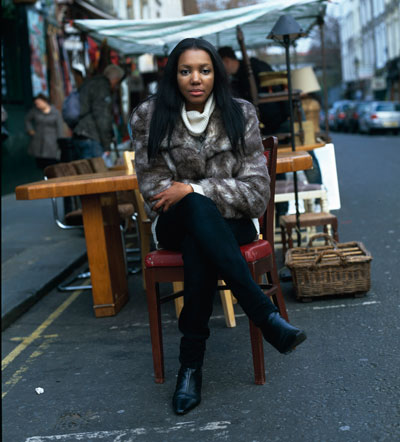
Swaziland Emely Dlamini, Swaziland John McCafferty © John McCafferty
As the Olympic games descend on London this month – an event Londoners will likely meet with ambivalence, agitation and hopefully just a little bit of excitement – the Photographer’s Gallery will launch an outdoor exhibit celebrating the city’s rich ethnic composition. London has the kind of polyphony of culture to rival Astoria, Queens; that’s 300 languages spoken and more than 50 non-British communities contributing to it’s ever expanding cultural make-up.
The Photographer’s Gallery has commissioned 204 international photographers to portrait London’s émigré community – residents born in each of the 204 countries competing in the Olympic and Paralympic games that now call London home. Emerging photographers will feature alongside established names such as Toby Glanville, Anders Petersen, Jim Goldberg, Rankin, Stefan Ruiz, Dryden Goodwin, Karen Knorr and Catherine Yass. The entry for British-born resident is a portrait of fashion designer Alexander McQueen, photographed by Andres Serrano a year before his death in February 2010.
The photographs can be viewed in East London’s Victoria Park from 27th July – 10th August.




 Facebook
Facebook Permalink
Permalink Digg
Digg Reddit
Reddit LinkedIn
LinkedIn StumbleUpon
StumbleUpon Tumblr
Tumblr
